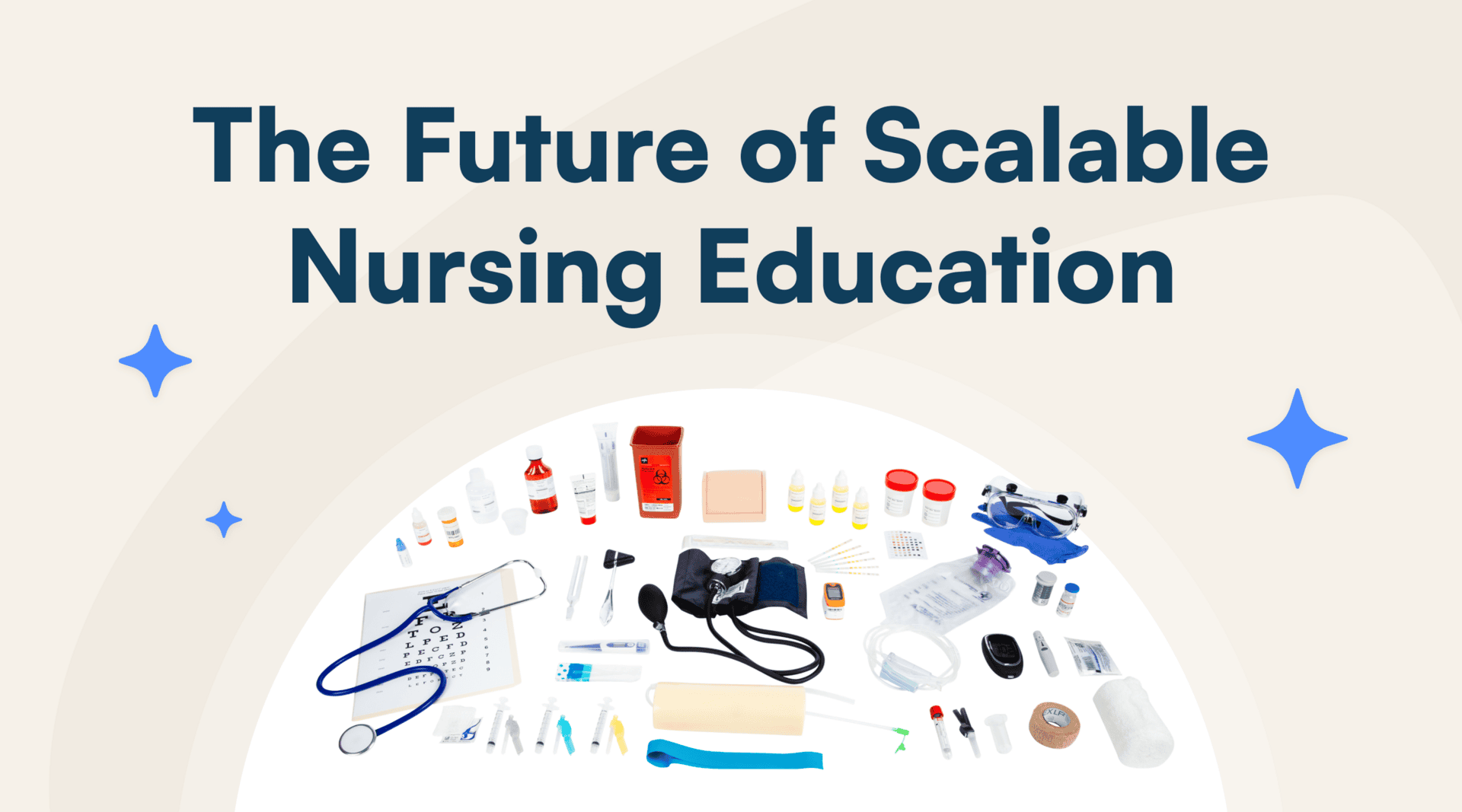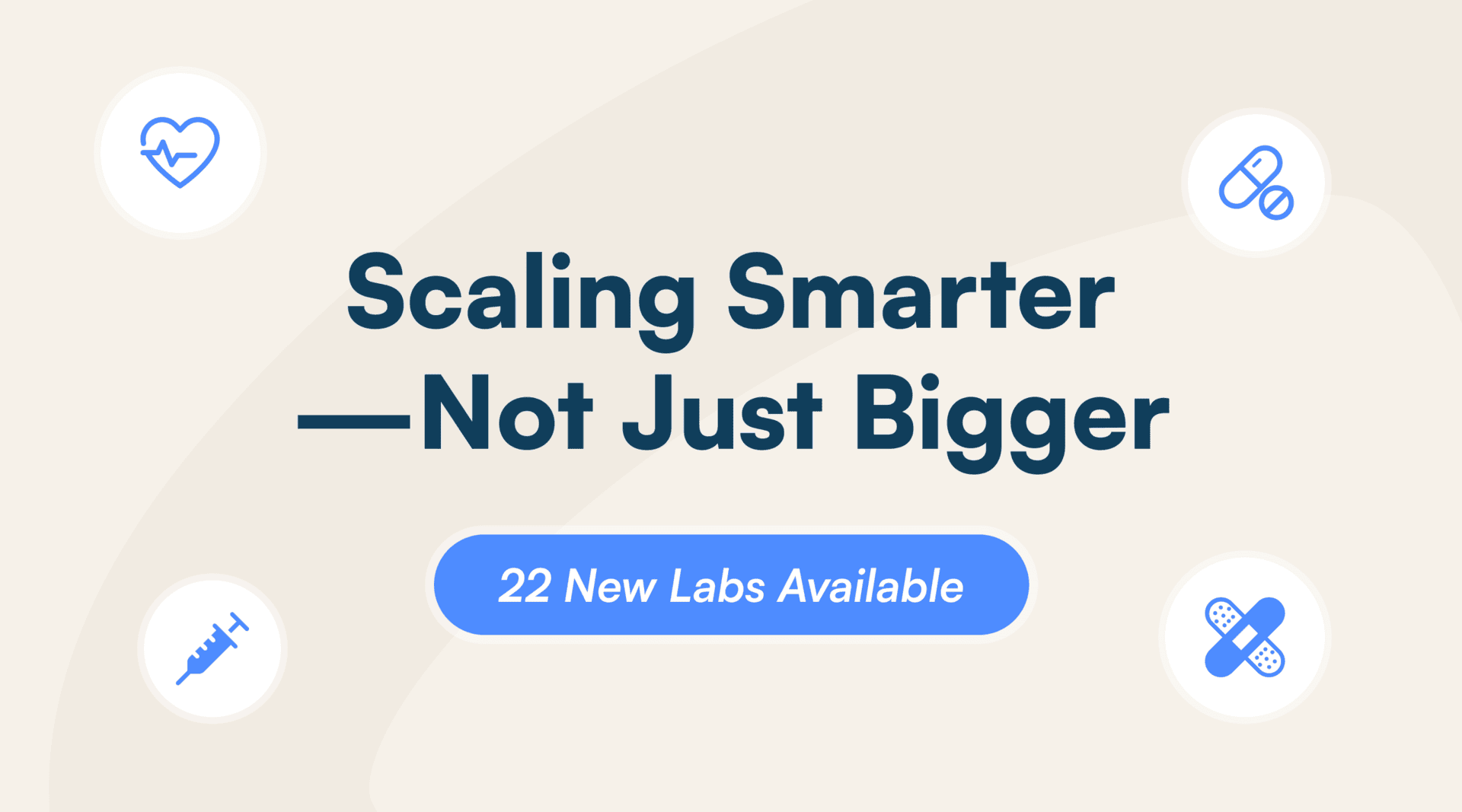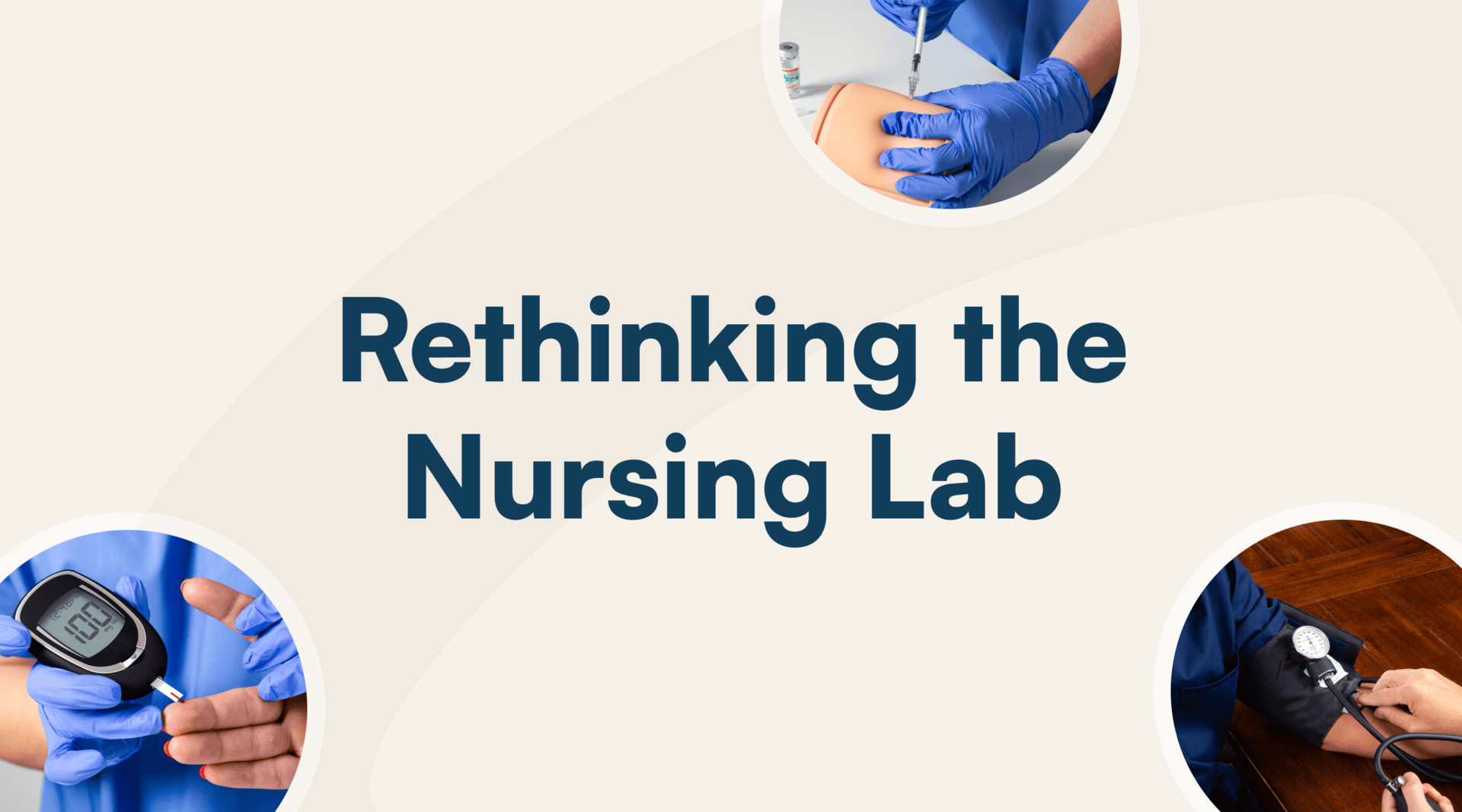The cost of online learning is not what you think.
In an era where all of us are cost-conscious, many universities are hesitant to invest in online learning. Administrators and instructors are concerned not only about the hard cost of implementing a quality online learning program, but also about the validity of online learning as a method of instruction potential students are looking for. Science instructors are particularly concerned about the additional cost of at-home, hands-on science labs. Can an effective at-home lab course be executed in an affordable way?
While these concerns are understandable, the data shows that online learning and hands-on labs aren’t only affordable – they’re necessary in a changing educational environment where the perception of higher education has shifted. Let’s dive into some common misconceptions about online learning in science, and what the data actually shows us:
Misperception 1:
At-home lab kits are too expensive.
Everything is relative, and if you look at the price of an at-home lab kit independently, in comparison to a typical on-campus laboratory fee, one could debate its cost. But let’s consider what the online student is no longer paying for: room, board, commuting expenses, and parking, just to name a few.
According to the Education Data Initiative, the average cost per semester for these expenses at a public 4-year university is $7,385. When you compare this figure in savings to the cost of an average Science Interactive lab kit ($150 -$250) at-home lab kit, the price is nominal.
Misperception 2:
My university can’t afford to add online courses
There’s no doubt the pandemic changed the financial landscape of higher education. Even prior to the the COVID-19 pandemic, online learning has shown a strong upward trend. The number of students taking at least one online course has grown by 151 percent from 2008 to 2019. In contrast, t
he percentage of university students taking no online courses has been declined from 72.5% in 2008-09 to 37.5% in 2018-19. (Source)
The fact is – your college or university can’t afford not to implement online courses. Student perception of the value of a college education is shifting, and more and more people are looking for options that allow them to work while attending college. In addition, rising gas prices, increased cost of living, and student housing shortages have made online learning a more attractive choice for students.
If your university doesn’t offer online options that take these things into account, prospective students will find one that does.
Misperception 3:
Creating a custom course and platform that mirrors my in-person classes and labs would be too costly.
This depends on what platform you choose. While many offer a one-size-fits-all solution, Science Interactive allows educators to make modifications to its lessons and customize the curriculum, right down to the lab kit. With the ability to add photos, videos and text to lessons, as well as customizing any evaluation question, science educators can mirror their in-person lectures and labs at no additional cost. At present, more than 850 colleges and universities rely on Science Interactive to both supplement and expand their course offerings.
Discover more articles

Science Interactive Launches New Nursing Fundamentals

What Clinical-Ready Actually Looks Like (And How to Get There Sooner)


